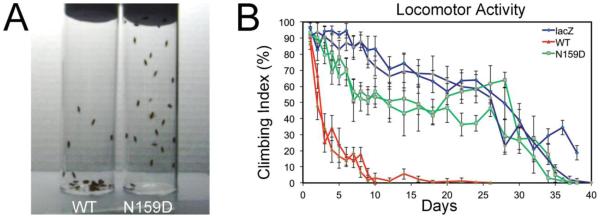Figure 4. N159D prevents progressive locomotor dysfunction.
A, Flies expressing either MoPrP-WT or MoPrP-N159D show different locomotor abilities by day 10, with most of the MoPrP-WT flies in the bottom of the vial, whereas the MoPrP-N159D were on the walls and climbed to the top of the vial. B, MoPrP-WT flies show a very dramatic locomotor dysfunction in 5 days and almost stop climbing after day 10. In contrast, MoPrPN159D flies show a mild decrease in climbing activity and retain their locomotor activity for 30 days, similar to control flies expressing LacZ. Climbing graphs are shown in duplicates to illustrate robustness of the experiment.

